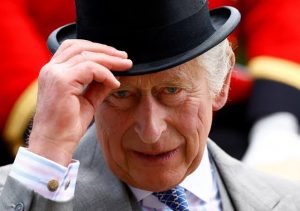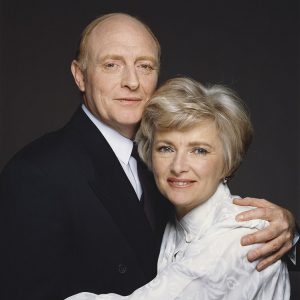Following the death of Queen Elizabeth II, several companies which were her preferred suppliers, are set to lose the Royal Warrant. It would mean that they would have two years to remove the seal from their line of products.
The Royal Warrant of Appointment, commonly referred to as the Royal Warrant, is a seal of approval granted to the suppliers of goods and services to the individuals of the royal family. The seal is meant to be displayed by the supplier on their product as a mark of prestige to advertise that they are the preferred suppliers of the royal family.
Also read: Man runs up to Queen Elizabeth II’s coffin in UK, arrested
At the moment, two of the seniormost members of the royal family – the monarch of the United Kingdom and the Prince of Wales, can issue the Royal Warrant. When they die, the warrants issued by them become automatically void.
The tradition of granting royal patronage to products started in the medieval period with the first such recorded appointment being issued to the Weavers’ Company in 1155 by Henry II of England. Back then, it was called the Royal Charter.
The Royal Charter was replaced by the Royal Warrant of Appointment in the 15th Century. William Caxton, the first person to introduce the Printing Press in England, was the first recorded recipient of the Royal Warrant when he became the official printer of King Charles II in 1746.
Also read: What’s next for the UK as Queen Elizabeth II is laid to rest
The official website of the Royal Warrants Holder’s Association states that at the moment there are 875 Royal Warrants held by 800 companies or individuals worldwide. However, this number changes almost monthly and it is hard to determine to exact figure at any point.
Among the brands that are set to lose the Royal Warrant after the death of Queen Elizabeth II are Fortnum and Mason teas, Burberry raincoats, and Cadbury chocolates.
The new set of Royal Warrants will be issued by her successor, King Charles III of England.







